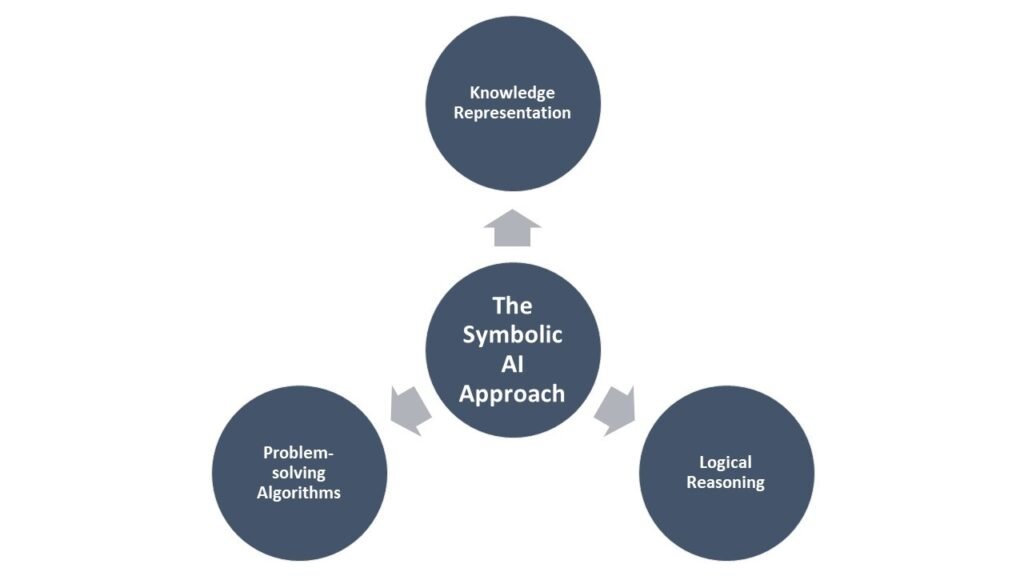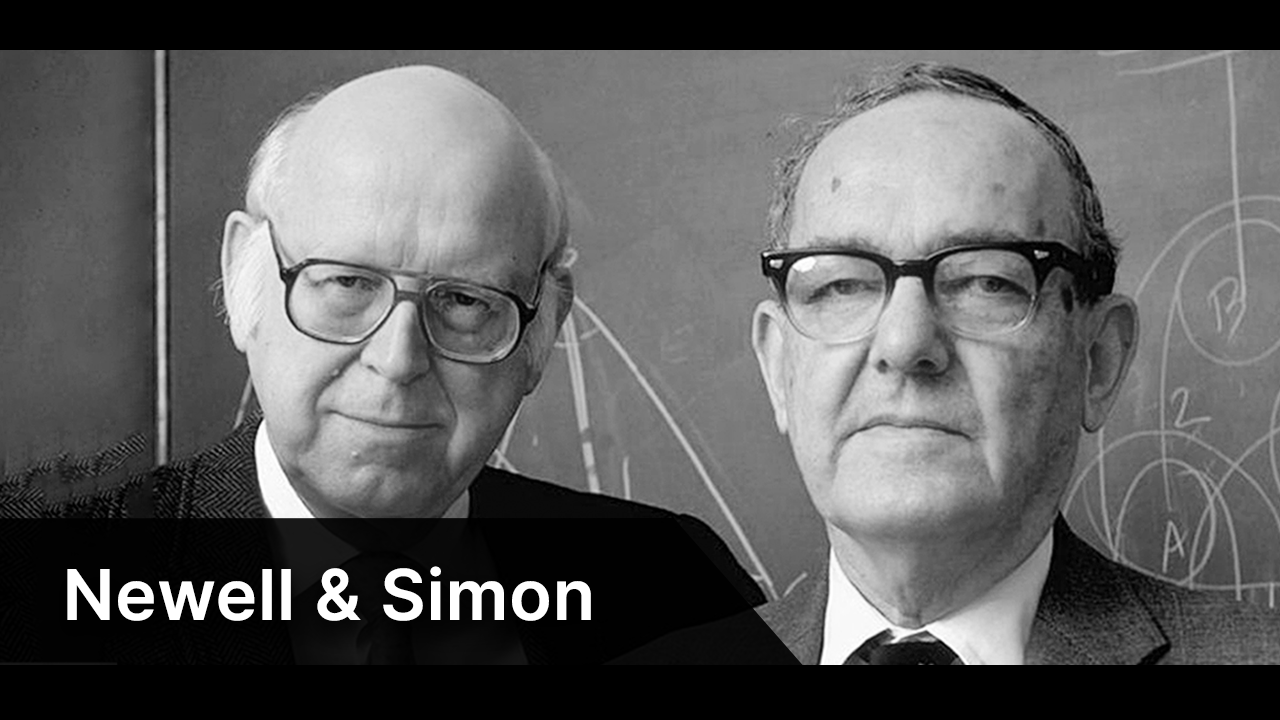In the annals of artificial intelligence, few projects loom as large or as ambitious as the General Problem Solver (GPS). Developed by Herbert A. Simon, J.C. Shaw, and Allen Newell at the Carnegie Institute of Technology, GPS was a landmark computer program created between 1957 and 1960. It was not merely a tool for calculation; it was a bold attempt to create a machine that could think, reason, and solve problems in the same way humans do. This project marked a pivotal moment in the early history of AI, embodying the era’s optimism and laying the groundwork for decades of research into symbolic AI and cognitive science.
The Vision: A Universal Problem-Solving Machine
The core idea behind the General Problem Solver was revolutionary for its time. Before GPS, computer programs were typically designed for specific tasks. Simon and Newell, however, envisioned a single, universal system that could tackle a wide range of problems by imitating human cognitive processes. Their central hypothesis, known as the Physical Symbol System Hypothesis, posited that intelligent action could be achieved through the manipulation of symbols. In essence, they believed that if they could formalize the rules of human thought, they could replicate it in a machine.
GPS was the first program to separate its problem-solving strategy from its knowledge of specific tasks. This abstraction was its key innovation. The system was designed to solve any problem that could be formally defined, from proving theorems in logic to playing chess. The goal was not just to find a solution, but to find it in a way that mirrored the logical steps a person might take.
How It Worked: Means-Ends Analysis
The engine driving GPS was a heuristic technique called means-ends analysis. This process involves a systematic comparison of the current state with the desired goal state. The program would identify the differences between these two states and then search for operators (actions) that could reduce those differences.
The process can be broken down into a few key steps:
- Define the Goal: The desired outcome is clearly specified.
- Analyze the Current State: The program evaluates its current position.
- Identify Differences: It determines the key differences between the current state and the goal.
- Select an Operator: It searches its knowledge base for an action that can reduce the most significant difference.
- Apply the Operator: The action is taken, leading to a new state.
- Repeat: The cycle continues until the current state matches the goal state.
For example, in the classic “Towers of Hanoi” puzzle, GPS would identify that a large disk is on top of a smaller disk (a difference from the goal state) and apply the operator of moving the large disk to an empty peg. This creation of subgoals—like clearing a peg to move a disk—was a powerful demonstration of its reasoning capabilities.

Successes and Limitations
GPS was remarkably successful at solving well-defined, symbolic problems. It could solve puzzles like the Towers of Hanoi and prove theorems from Whitehead and Russell’s Principia Mathematica, just as its predecessor, the Logic Theorist, had done. These successes were seen as powerful evidence for the physical symbol system hypothesis and fueled the belief that true artificial intelligence was within reach. The project demonstrated that a machine could indeed approach problems with a strategy that was abstract and general, rather than specific and hard-coded.
However, the ambition of GPS also revealed the immense challenges facing AI. Its greatest strength—its generality—was also its weakness. The system struggled when faced with the complexity and ambiguity of real-world problems. The “combinatorial explosion” of possibilities in less structured environments meant that the means-ends analysis would quickly become computationally intractable. The program lacked the common-sense knowledge and contextual understanding that humans use to effortlessly prune irrelevant options.
Furthermore, representing real-world problems in the formal symbolic language that GPS required proved to be an enormous challenge in itself. The dream of a truly “general” problem solver was tempered by the reality that intelligence is not just about logical deduction, but also about perception, learning, and vast amounts of implicit knowledge.

The Enduring Legacy of GPS
While the General Problem Solver did not achieve the ultimate goal of its creators, its legacy is undeniable. It was a pioneering achievement that profoundly shaped the direction of artificial intelligence for the next two decades. The project established symbolic AI as the dominant paradigm in the field, influencing everything from expert systems to natural language processing. The concepts of means-ends analysis and state-space search remain fundamental topics in AI education today.
Simon and Newell’s work on GPS also had a significant impact on cognitive psychology, providing a new framework for understanding human thought. By attempting to model cognition in a machine, they offered a powerful new tool for exploring the mechanics of the mind. The General Problem Solver stands as a testament to the bold vision of AI’s early pioneers—a vision of machines that do not just calculate, but think.


